History of Moscow’s Road System:
Early Periods: The history of Moscow’s road system dates back centuries. In the medieval period, Moscow’s road network was limited, with unpaved paths connecting key areas. The city expanded during the reign of Ivan the Terrible in the 16th century, leading to the construction of more structured roads.
Vectormap.Net provide you with the most accurate and up-to-date vector maps in Adobe Illustrator, PDF and other formats, designed for editing and printing. Please read the vector map descriptions carefully.
18th Century: During the 18th century, road development gained momentum. The reign of Peter the Great saw efforts to modernize Russia, including improvements to transportation infrastructure. Moscow, being a crucial center, witnessed the expansion and upgrading of roads.
19th Century: The 19th century brought further advancements. Roads were paved with cobblestones, enhancing connectivity within the city. The industrial revolution prompted the need for better transportation, and Moscow’s road system evolved to accommodate increased traffic.
Soviet Era: The 20th century, especially the Soviet era, marked significant changes. The focus on industrialization led to the construction of wide avenues to facilitate military parades and mass events. The Moscow Metro, inaugurated in 1935, became an integral part of the city’s transportation system.
Post-Soviet Period: After the collapse of the Soviet Union in 1991, Moscow’s road system faced challenges related to increased car ownership and traffic congestion. Efforts were made to modernize and expand the road network to meet the demands of a growing population and economy.
Current Road System:
Layout: Moscow’s road system is characterized by a mix of wide avenues, circular roads, and smaller streets. Major thoroughfares radiate from the city center, with the Boulevard Ring and Garden Ring serving as circular roads. The Third Ring Road and Moscow Automobile Ring Road (MKAD) form larger concentric circles.
Boulevard Ring: Originally laid out in the 1820s, the Boulevard Ring consists of tree-lined streets encircling the historical center. It provides access to key landmarks and connects with radial roads leading to the city’s outskirts.
Garden Ring: Built in the 19th century, the Garden Ring is another circular road surrounding central Moscow. It has undergone multiple reconstructions to accommodate increased traffic and improve safety.
Third Ring Road: Constructed in the 1970s and expanded in later years, the Third Ring Road serves as a middle ring, connecting central Moscow with the outer suburbs. It facilitates smoother traffic flow and reduces congestion in the city center.
Moscow Automobile Ring Road (MKAD): Completed in the 1960s, MKAD is a crucial orbital road encompassing the entire city. It plays a vital role in connecting different districts and managing long-distance traffic.
Public Transportation: In addition to roads, Moscow boasts an extensive public transportation system, including the Moscow Metro, buses, trams, and trolleybuses. The Metro, with its intricate network, remains a popular choice for commuters.
Challenges: Despite improvements, Moscow faces challenges like traffic congestion, especially during rush hours. Efforts to address these issues continue, with ongoing projects to expand the road network, implement smart traffic management systems, and promote sustainable transportation solutions.
Overall, Moscow’s road system reflects its historical development, from medieval paths to a modern, complex network designed to cater to the needs of a bustling metropolis.

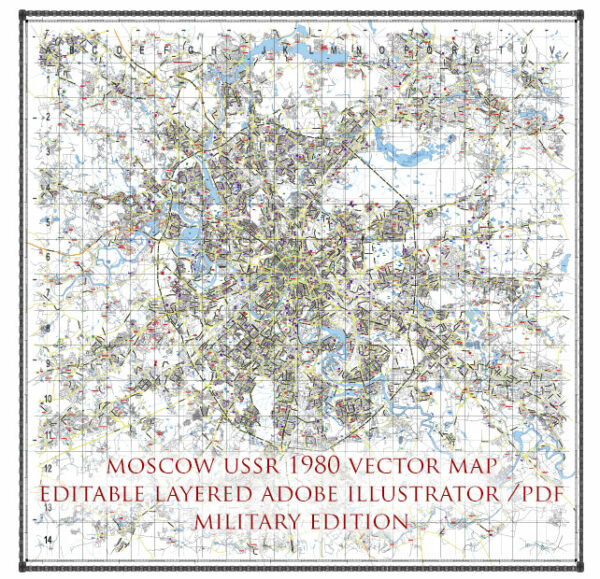
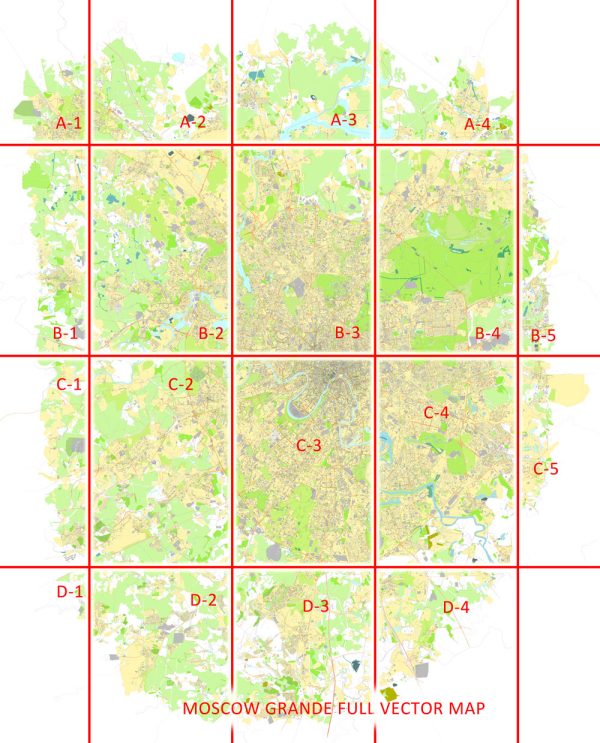
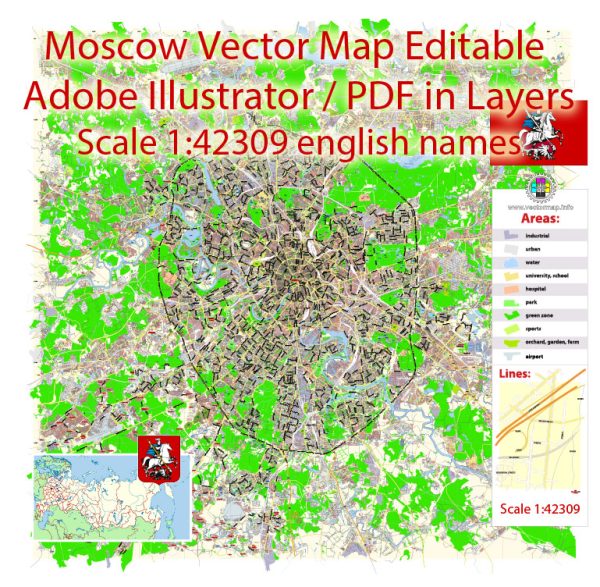
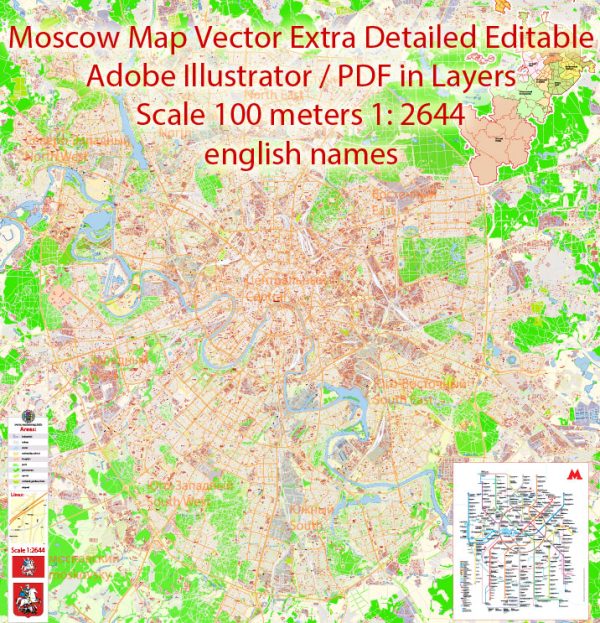
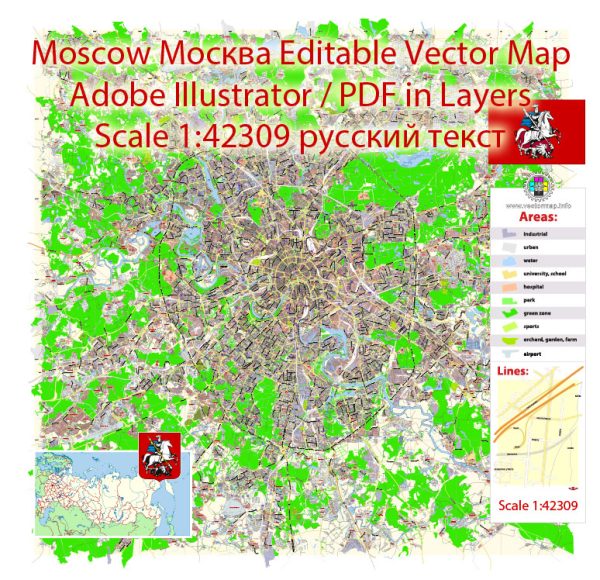
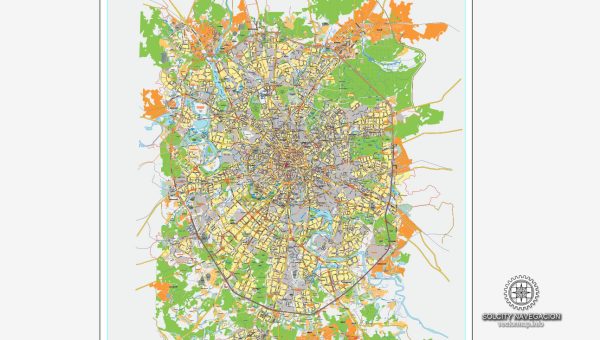
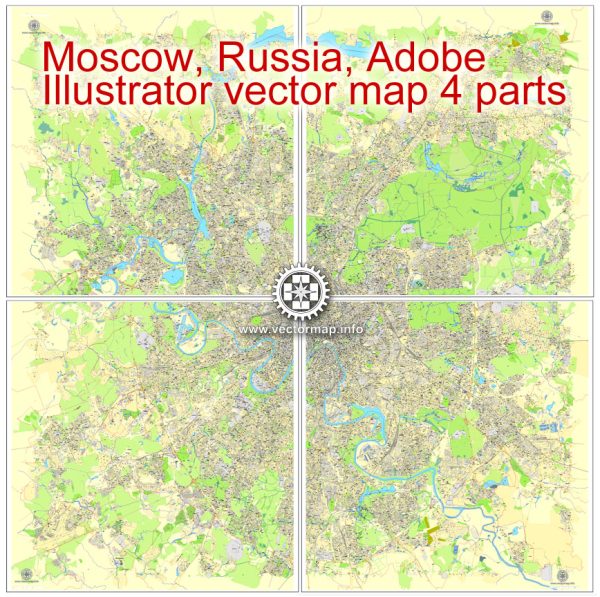
 Author: Kirill Shrayber, Ph.D.
Author: Kirill Shrayber, Ph.D.